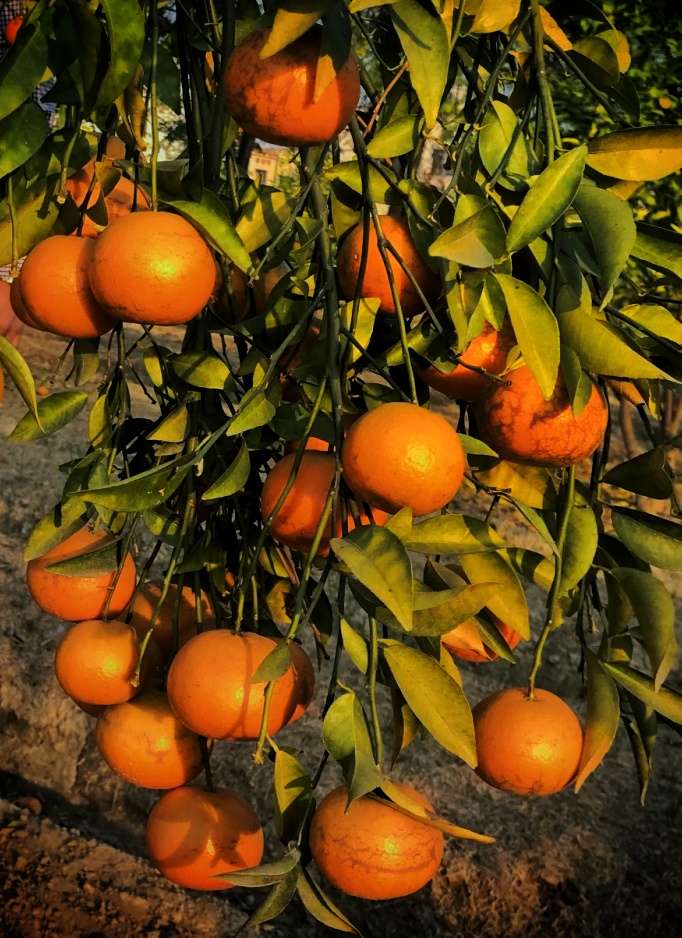Pterocarpus marsupium Roxburgh.
Species
Families
Local Names
Genus
Native/Introduced
DNA Barcode
Description
Pterocarpus marsupium, also known as Malabar kino, Indian kino, Vijayasar, or Venkai is a medium to large, deciduous tree that can grow up to 31 m (102 ft) tall. It is native to India (where it occurs in parts of the Western Ghats in the Karnataka-Kerala region and in the forests of Central India), Nepal, and Sri Lanka.
The conditions commonly treated by pterocarpus in the Ayurveda system include diabetes, inflammation and bleeding. The bark is also used for bleeding and toothaches. The leaves are often applied externally as a remedy for skin diseases. Pterocarpus marsupium Roxb. (Leguminosae) is a plant drug belonging to the group called rasayana in ayurvedic system of medicine. [8] Rasayana drugs are immunomodulators and relieve stress in the body. [9] In ayurveda, aqueous extract of heart-wood of P. marsupium is used in treatment of diabetes.
Heartwood of Vijaysar is antibiotic and hypoglycaemic, and is used to control blood sugar. Kino gum, obtained from incisions in bark, has astringent, anti-diarrhoeal, and anti-haemorrhagic properties. Leaves are used externally to treat boils, sores, and other skin diseases, while flowers are febrifuge.
As an antibacterial and an astringent, Indian Kino Tree helps to heal cuts, bruises and other skin conditions. It is effective in lowering blood sugar and total cholesterol levels in the body.
Indian Kino Tree, which is known by different names in different regions of India, has a number of therapeutic uses. A poultice made from the bark and leaves of the tree possesses astringent properties, which is useful in treating skin conditions. Indian Kino Tree also has potent anti-hyperlipdemic properties and helps in reducing total cholesterol, low-density lipoprotein and serum triglyceride levels in the body.
Therapeutic constituents:
The flavonoid constituents marsupin, pterosupin and liquiritigenin, found in Indian Kino Tree, reduce serum triglycerides, total cholesterol and low-density lipoprotein in the blood.









































































































































